Base layers are available in a variety of different styles and materials each with their own differing properties. Some are better for certain situations than others. Here’s a guide to help you choose which one is best for your needs.
Why use a base layer?
A base layers is the layer closest to the skin. Base layers are designed to wick sweat away from the body. Moisture is taken from the surface of the skin and expelled through the pores of the materials. This allows the body to regulate temperature more effectively. This helps keep you drier and feeling less clammy and therefore much more comfortable while riding.
Different base layers for different seasons
Summer base layers are designed to be lightweight with high wicking properties. Although it sounds counterproductive, wearing a layer underneath your cycling top can make it more comfortable and cooler than just a jersey. The base layer helps take moisture away from the body allowing the outer jersey to regulate temperature better mainly by using the zip to allow more or less airflow around the base layer. A lightweight layer can also prevent rub from bib straps and keep the waist of the shorts feel less sweaty.
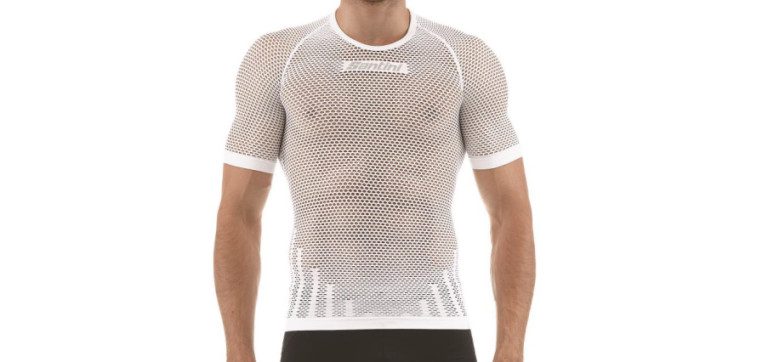
These lightweight layers are usually mesh or very lightweight and sleeveless to keep weight and bulk down. A short sleeve version will also work well but with modern tight fitting short sleeve jerseys you may find this a tad uncomfortable so make sure you try them both together before riding in them.
Spring and autumn base layers tend to be short sleeve and slightly thicker to provide warmth as well as wicking. A lightweight long sleeve base layer can also be more comfortable under lightweight long sleeve tops than a short sleeve version at this time of year and is well worth the investment.
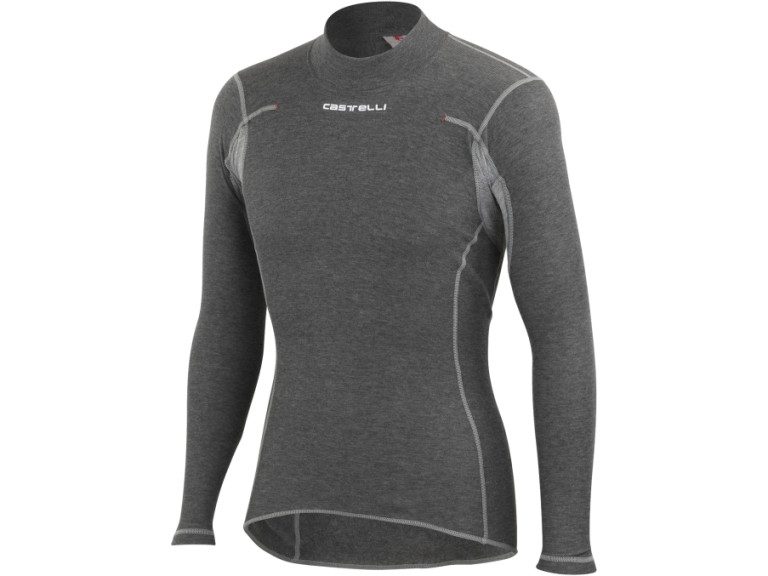
Winter base layers have the tricky job of expelling moisture, often under many layers, but also providing warmth. This is the time when a good base layer can really make the difference to your cycling comfort as a well working base layer will keep you comfortable for longer in bad weather. These versions tend to be thicker for better heat insulation; long sleeves are a must and a high neck is better for keeping the chill off.
Man-made or sheep-made?
Base layers can be made from many different materials but the two broad categories are merino and synthetics. Each have their own benefits (and limitations). After first deciding which season you’re buying for it’s then time to think about what type of riding you will be doing.
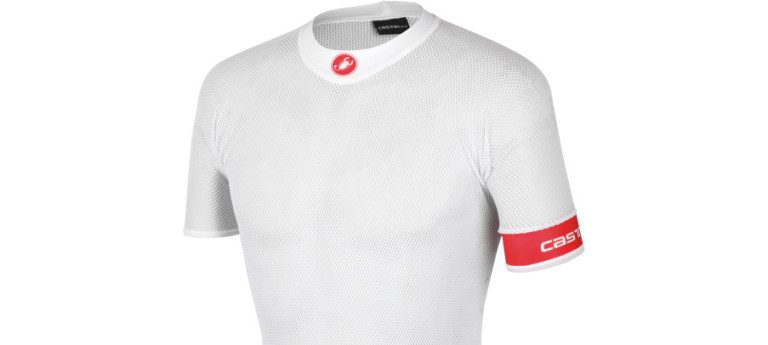
Synthetics are the more common materials for base layers as they are easier to care for, they’re lighter when wet and crucially for most people they’re less expensive. They can be easily machine washed many times without losing their properties or falling apart. This makes them the most popular version with regular users. There is huge variety of materials and styles available. The drawback is that they can tend to smell after prolonged use and are not as warm when wet, something you may need to consider if it’s for winter use.
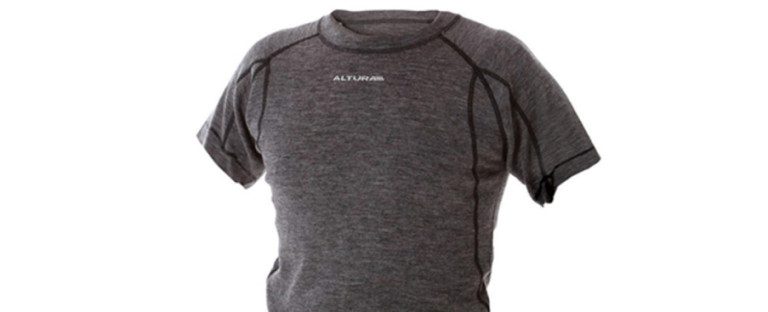
Wool may seem an odd choice of material – until you look at its properties. Merino wool has very good wicking properties and it retains heat when it gets wet, something useful during winter cafe stops. Unlike other sorts of wool, merino is soft and gentle against the skin. It’s also a bit stretchy so offers a close fit. Merino is also very odour resistant and can be worn many times without washing and still retain its freshness – very useful for commuters when putting kit back on at the end of the day.
Apart from being more expensive than a synthetic version there are several drawbacks for Merino. When it gets wet it can hold a lot of moisture making it heavy so it’s best used for cold training rides rather than summer climbing-fests. It also needs more care when washing than a synthetic top, often involves hand washing to retain its properties, so bear this in mind if you are not very domesticated!
Different materials in the same garment
For more comfort and performance benefits, base layers can have different panels made out of different materials. Wind proof materials on the front will keep the chill out while aerated panels panels under the armpits allow better ventilation. Mesh panels can also aid ventilation on arms and back panels of lightweight tops.
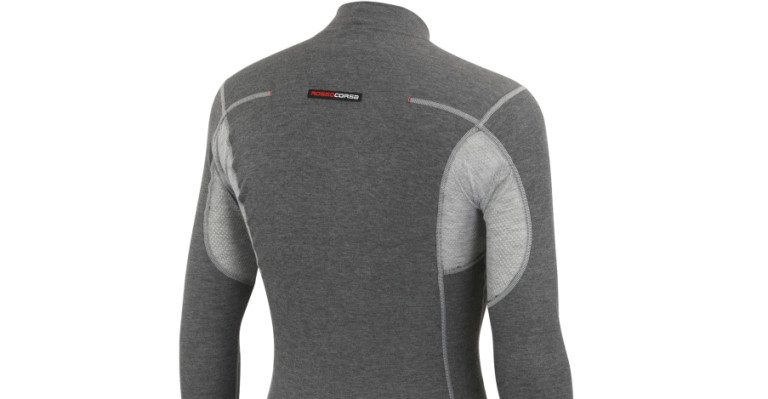
Stretch fabrics on the elbow panels can also increase comfort. Some manufacturers even offer compression characteristics which can aid performance by reducing muscle fatigue during a long ride and help recovery post ride, although some riders can find the tight-fitting aspect undesirable.
Tight but not too tight
Once you have decided on season and material, the most important aspect is fit. A good base layer should be close fitting without being restrictive. There’s no point having a base layer that’s too loose as this will negate any wicking benefits of it.
Which base layer should you buy?
There are three factors to consider when buying a base layer; the season you are going to use it, the choice of fabric and the cost.
If you just want to have one base layer for the whole year – tough. You really do need a minimum of two base layers. A short sleeve 3-season base layer and a long sleeve thermal base layer.
For those who are willing and able to buy a few more base layers then we’d recommend a short sleeve merino wool base layer first and then maybe a compression-style long sleeve base layer as a fourth option. The wool short sleeve is incredibly useful for repeated wearing. It’s also a useful garment to have for non-cycling outdoor activities too. A long sleeve compression base layer will help you feel a bit less beaten up after longer, more arduous rides – and it will make you feel all ‘sporty’ during the ride too!
